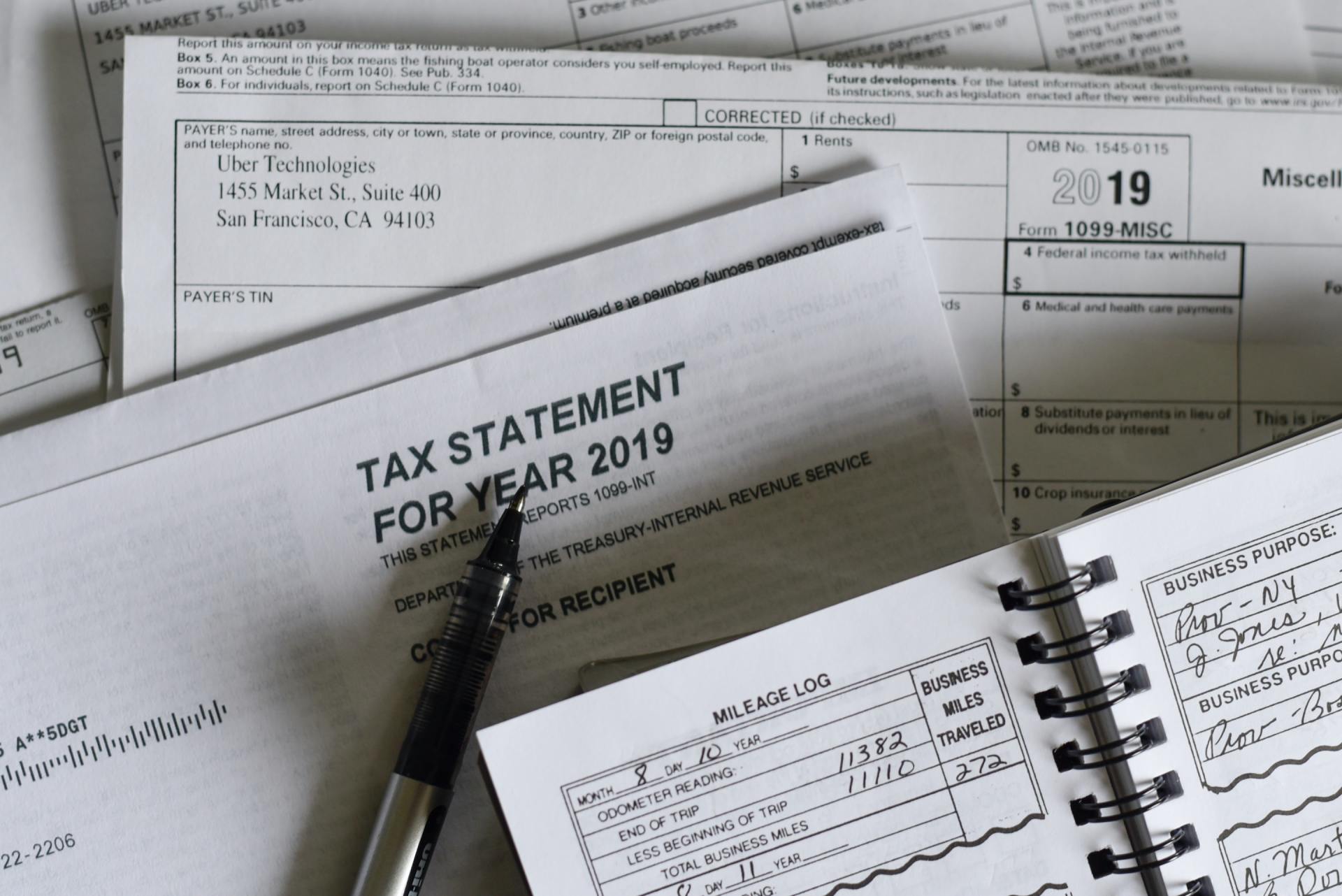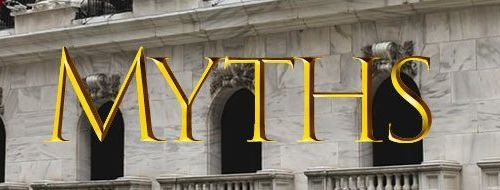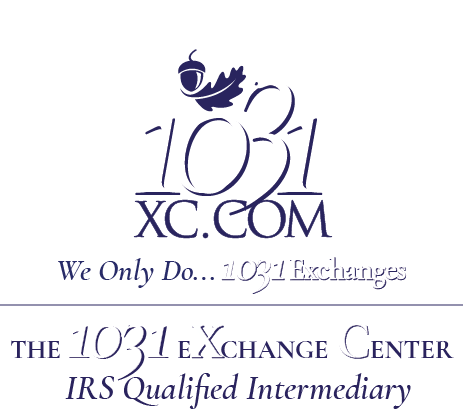- The 1031 Exchange Center Tips -
Are you a real estate investor looking for ways to optimize your tax position while expanding your property portfolio? One powerful strategy at your disposal is the partial exchange transaction, a key component of a broader concept known as a tax-deferred exchange in real estate. We as an intermediary in this field, will delve into the world of partial exchange transactions, shedding light on how they can benefit your real estate investments. Understanding the concept A partial exchange," is a subset of a tax-deferred exchange in real estate , particularly under Section 1031 of the Internal Revenue Code. The primary goal of a partial exchange is to allow investors to defer capital gains taxes when exchanging one property for another. What sets it apart is that it permits investors to receive some cash or non-like-kind property (referred to as "boot") in addition to the like-kind property they acquire. How Does a Partial Exchange Work? A partial exchange follows a structured process: Identification of Properties: Just like a standard 1031 exchange, the process begins with the identification of the relinquished property (the property you're selling) and the replacement property (the property you're acquiring). This step is critical to the success of the exchange. Boot Consideration: In a partial exchange, investors may receive cash or non-like-kind property, referred to as boot, in addition to the like-kind property they acquire. The amount of boot received is taxable. Investors must decide how much boot they are willing to receive based on their tax strategy. Tax Deferral: The primary objective of a partial exchange is to defer capital gains taxes on the sale of the relinquished property by investing in like-kind property of equal or greater value, even if they choose to receive some boot. Benefits of a Partial Exchange Tax Savings: By using the partial exchange strategy, investors can defer capital gains taxes and allocate them towards the acquisition of a more valuable like-kind property. Enhanced Flexibility: The partial exchange allows investors to retain a portion of the sale proceeds in cash or non-like-kind property, offering greater flexibility in managing their financial resources. Strategic Investments: Investors can strategically choose properties that align with their investment objectives, even if it means receiving some boot in the transaction. Property Diversification: Diversification can be achieved by retaining some boot to invest in non-like-kind properties that complement their real estate portfolio. Key Considerations Investors considering this kind of tax-deferred exchange in real estate should keep the following considerations in mind: Tax Implications of Boot: While boot can provide flexibility, it's important to understand the tax implications of receiving it, as it may be subject to capital gains taxes. Identifying Replacement Property: Identifying suitable replacement properties within the IRS's strict timeframes is crucial to the success of a partial exchange. Qualified Intermediary: Working with a qualified intermediary like us is essential to ensure that the exchange complies with IRS regulations and guidelines. In conclusion, A partial exchange transaction is a valuable tool for real estate investors aiming to defer capital gains taxes while enjoying flexibility in managing their financial resources. By understanding how this strategy works and its associated benefits and considerations, investors can make informed decisions that align with their investment goals. When used diligently with the help of an intermediary like us, the 1031 Exchange Center, LLC a partial exchange can enhance your real estate investment journey and contribute to your long-term financial success. Contact us today to speak with our experts and get started on your path to tax savings and financial flexibility in your property portfolio. We're here to guide you through the process and help you make the most of your investments.
Are you a real estate investor looking to maximize gains while minimizing tax liabilities? If so, you've likely heard of a construction exchange 1031 , a powerful tool within the world of real estate transactions. As a qualified intermediary in 1031 exchange, we will attempt to explore the fundamentals of this strategy and how it can help you defer taxes through a deferred exchange while focusing on the construction 1031 exchange aspect.

Who said "Compound interest is the eighth wonder of the world. He who understands it earns it… he who doesn’t… pays it.” -The saying has been attributed to many so why not use it now? You're a real estate investor and can reasonably expect your properties to appreciate in value. How can you estimate future appreciation? Commercial brokers and investors in income producing commercial properties have "tools" to analyze property performance. A good one is called an "APOD" (that stands for, "Annual Property Operating Data") that is designed to address the two major investor questions: How much money will be required to acquire it and operate it and How much money will it generate when it's sold after a period of time, for example in 5 years. They want to know the up-front cost, the annual cash-flow (or cash-drain) before and after debt service and taxes, then the estimated return for that investment on sale after loan pay-off and taxes. The typical rates of inflation used in such analyses are as follows: " Best Case " scenario assumes 7.00% annual appreciation " Moderate Case " scenario assumes 4.50% annual appreciation " Worst Case " scenario assumes 2.50% annual appreciation Those are certainly neither predictions nor limitations but, rather, they are the initial estimates used by the pros . Now, obviously if you buy property with all cash , then sell it in 5 years, your investment per the table below) would be returned plus an extra 13.14% (worst case) to 40.26% (best case). Appreciation Grows to Return on Return on Scenario Rate/Year In 5 years All Cash 30% Cash Best Case 7.00% 40.26% 40.26% 234.18% Moderate Case 4.50% 24.62% 24.62% 182.06% Worst Case 2.50% 13.14% 13.14% 143.80% But with "Leverage' your returns EXPLODE because you use the same cash with a loan to buy much more valuable property that appreciates. Moreover, the extra tax-savings "seed money" with a 1031 Exchange "supercharges" your profits. For example, say you have $120,000 net proceeds from the sale of business or investment real estate after taxes (of let's say $30,000) to "invest" for an all cash purchase of other such property. The $120,000 property you acquire could appreciate in value after 5-years at 4.50% annually to $149,542 . That's 24.62% more than the $120,000 invested. But had you used the same $120,000 as a leveraged down payment on a 30% loan to value (LTV) mortgage, the loan amount of $280,000 could buy property for $400,000 . That property could appreciate in value after 5-years at 4.50% annually to $498,473 . That's enough to pay off the loan to net $218,473, that is 82.06% more than the $120,000 originally invested. Now combining that leveraged example above with a 1031 Tax-Deferred Exchange , the tax savings would add an extra $30,000 to what otherwise would have been only $120,000 in sale proceeds so you could make a down payment of $150,000 on a 30% loan to value (LTV) mortgage, the loan could be $350,000 to buy property for $500,000 . That property could appreciate in value after 5-years at 4.50% annually to $623,091 Then you pay off the loan and net $273,091 . That's 127.58% more than the $120,000 you otherwise could have invested. The extra "$30,000 seed" resulted in your nearly tripling that $120,000, a hefty average return of 45.5% per year . And, by the way, if you later "sell" the property you acquire (that "replacement property") there would be tax on your capital gains. But not only would you use "future, less valuable dollars" to pay the tax then there are, indeed, several alternatives that are not taxable --one example would be another 1031 Exchange.

Turn on a “hot water” spigot and you should expect hot water—you probably don’t need a discussion of chemistry, hydraulic mechanics, thermodynamics or kinetic energy. And if you aren’t sure how to safely use hot water, then you might need to ask a “consultant”. So what can you expect if you “sell” real estate investment property with a 1031 exchange? Simple, you won’t have to pay a bunch of dollars in taxes for a long time if ever. That’s the short of it. Let’s turn the spigot and see… Taxes are owed on your gains when you “sell” but IRS Code Section 1031 gives you an incentive to promptly re-invest in other investment property. It gives you a recipe, a prescription, a “safe harbor” procedure to absolutely avoid the federal tax using a choreographed “exchange”. You win at least three ways with the 1031 exchange: If you avoid or just delay tax payment for years it is much better than paying now If you invest the tax money during the delay it can earn you substantial gains Huge non-tax investment opportunities become open to you… And, YES, there are ways to take out cash in 1031 exchanges and still pay no or less tax. With 1031 you don’t sell and buy, rather you exchange your “relinquished property” for “replacement property”. A like-kind exchange of property of equal value is just not a taxable transaction—no federal tax is due. You file a simple IRS Form 8824 to carry your tax basis forward from the property “given up” to the property “received”. They call it “tax-deferred” because no taxable transaction occurs until and unless in the future you sell the “replacement” property. And that might never occur—you do another 1031 exchange, again and again or you could die. Upon your death the tax code provides for a “stepped-up” tax basis (to increase the property's tax basis to its value at the time of death) so your heirs might then sell with no taxable “gains”. You could even create a family land bank. Ask your consultant to call The 1031 Exchange Center if he or she wants information on that. Three-party Exchange You must use an IRS “qualified intermediary” (a “QI”). So instead of selling to SMITH then buying from JONES, you sign an exchange agreement with a QI then the QI first sells your property to SMITH and uses those funds to second buy from JONES and third transfers it in exchange to you. QI sells...QI buys...You and QI exchange Reverse Exchange You sign an exchange agreement with QI's "affiliate" (an LLC) which first buys from JONES and “parks the title” (holds it in the name of that affiliated LLC until you are ready to sell) and you might lease it as tenant until second (within 180 days) QI sells your property to SMITH so as to third complete the exchange to you. QI affiliate buys and holds...QI affiliate sells...You and QI affiliate exchange

The answer is YES - BOTH. A 1031 "exchange" is not a taxable "sale" but rather an exchange. If and only if you ever "sell" the property you receive in a 1031 exchange that "sale" will be taxable. But a transfer with another 1031 is still not taxable and you may do that again and again, each time carrying your old tax basis into the property you acquire. And since the basis "steps-up" to the value of the property at your death, a sale by your heirs at its full value will result in no taxable gain--no tax ever. Moreover if you only delay or "defer" the tax for several years, the value of that delay could be very valuable to you given the historic time value of money PLUS the "leveraged" effect of the re-investment of the tax-savings "seed money" on the appreciation of your replacement property. Put another way, there are many scenarios where you may never have to pay the tax on your gains (ever - that's another blog) and, if ever you do, then the future tax dollars you pay will be less valuable then plus the tax dollars you saved will be much more valuable then.

Non-allowable expenses paid out of sale proceeds are taxable boot (like cash taken by Exchanger/Seller), however, if you pay them personally (outside of closing) it will not be taxable boot. And if non-allowable expenses of Buyer/Exchanger are credited to buyer at purchase of replacement property then that is also cash boot. Boot is any non like-kind payment received as part of an exchange. Boot is categorized as either "debt reduction" or "mortgage" boot or "cash" boot. Mortgage boot is made up of liabilities assumed in the exchange. (For example, if your mortgage is paid off, you have "received" boot; if you assume another party's mortgage, you "pay" boot.) Cash boot is cash or other non like-kind property. Relief of debt is a taxable event. Taxes may be due if the you place more debt on the replacement property than there was on your relinquished property. If the increased debt results in excess proceeds because you did not use all of the funds held by the QI, you will receive taxable boot. EXCHANGE EXPENSES Certain expenses paid at a closing are considered allowable "exchange expenses” and using exchange funds to pay those expenses will not result in any tax liability to an investor doing a 1031 exchange. Other expenses are not exchange expenses (non-allowable), so although exchange funds may be used to pay the expense, doing so results in the exchange being partially taxable. ALLOWABLE EXCHANGE EXPENSES and CLOSING COSTS Certain expenses paid at a closing are considered allowable “exchange expenses” and using exchange funds to pay those expenses will not result in any tax liability to an investor doing a 1031 exchange. For example, Internal Revenue Ruling 72-456 provides that if exchange funds are used to pay broker’s commissions, it does not result in the transaction being partially taxable. There are no other clear rulings on this subject, but most tax advisors agree that the following expenses are allowable exchange expenses and may be paid at the closing of the relinquished or replacement properties without any tax consequence: Broker’s commissions Exchange fees Title insurance fees for the owner’s policy of title insurance Escrow fees Appraisal fees required by the purchase contract Transfer taxes Recording fees Attorney’s fees incurred in connection with the sale or purchase of the property NON-ALLOWABLE EXCHANGE EXPENSES Other expenses are non-allowable exchange expenses, so although exchange funds can be used to pay the expense, doing so results in the exchange being partially taxable. For example, security deposits and prorated rents are not considered exchange expenses and if exchange funds are used to pay them, the exchange will be partially taxable. This comes up when the seller of the relinquished property gives the buyer a credit at the closing for the security deposits and prorated rents. The result of the credit is as if the seller was using exchange funds to pay the security deposit and prorated rent amounts to the buyer. To avoid the tax, the seller should deposit his own funds to pay those security deposits and prorated rents to the buyer. In addition, most tax advisors believe that fees and costs in connection with getting the loan to acquire the replacement property are costs of the loan, not costs of purchasing the replacement property, and therefore under tax law are not allowable exchange expenses. If you use exchange funds at the closing of the replacement property to pay loan costs and fees, it is likely that doing so will create a tax liability. To avoid the tax liability, the buyer may want to deposit his own funds to pay any loan related expenses. Some non-allowable exchange expenses create a tax liability but are offset by a deduction. One example of this is property taxes. Although property taxes are not an allowable exchange expense, you will get a deduction for paying the property taxes and so the liability will be offset by the deduction. The following is a list of expenses that are typically found on a closing statement but are generally not considered allowable exchange expenses: • Loan costs and fees • Title insurance fees for lender’s title insurance policy • Appraisal and environmental investigation costs that are required by the lender • Security deposits • Prorated rents • Insurance premiums • Property taxes Using exchange funds to pay non-allowable expenses should not disqualify an exchange but it may create taxable boot. You can choose to either come up with your own funds to pay these expenses if you can to avoid boot, or give the buyer a credit at the closing, in which case it will be partially taxable. It is always a good idea to have your tax advisor review the numbers on the closing statement prior to closing. That will ensure that you have a good idea of the net proceeds you will be working with when buying replacement property and whether you will have a fully tax-deferred exchange. ____________________________________ Consult with your tax or legal advisor about your specific case. The 1031 Exchange Center © 2020 all rights reserved






